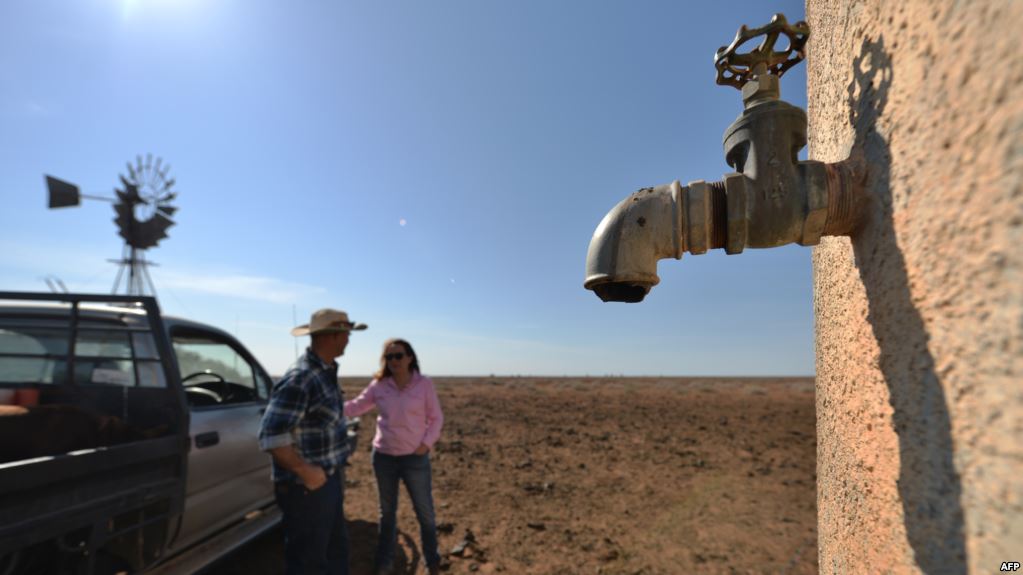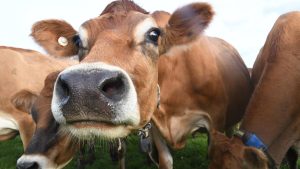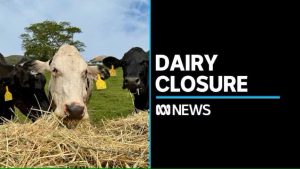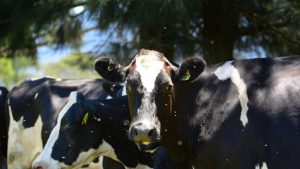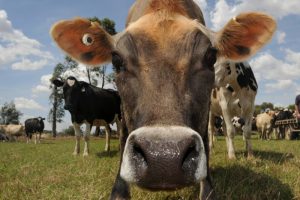
Record-breaking rainfall may have soaked parts of northern Queensland in December, but nearly 60 percent of Australia’s second-largest state, which is 2½ times the size of the U.S. state of Texas, is bone dry.
Some regions are entering their seventh year of drought. For many farmers on the frontline of the so-called “Big Dry,” the lack of rain is causing financial distress. Agricultural profits in Queensland are expected to fall in 2019 by more than $13,000. Grain producers and dairy farms are predicted to be the hardest hit.
Promise of funds
In August, Australian Prime Minister Scott Morrison toured some of Queensland’s worst drought-hit areas and later promised a $3.5 billion fund to help communities become more resilient against droughts. But some communities want more money to be devoted to improving road and rail links in isolated parts of the country.
In the outback farming town of Boulia, 1,700 kilometers northwest of Brisbane, Mayor Rick Britton is warning the drought could ruin many farmers.
“If we go into another dry season, you know, a lot of those properties are going to close down, and I do not know what the long-term outcome is going to be after that,” Britton said. “It is not going to be pretty. If we do not get a season between now and April, I can just see a lot of those places, particularly the family-operated places, will be totally destocked. There will be just nothing left.”
The Queensland government has announced that 2019 will be the Year of Outback Tourism in a bid to aid drought-ridden communities.
Land of extremes
Australia is a land of extremes. A recent heat wave saw temperatures reach almost 49 degrees Celsius (120 Fahrenheit) in Western Australia, while a cyclone has menaced coastal areas in the Northern Territory. Bushfires have also blanketed the Tasmanian state capital, Hobart, with a threatening haze.
In August, a drought was officially declared in the entire Australian state of New South Wales.
Australia is the world’s second-driest continent. There is an average annual rainfall of less than 600 millimeters (24 inches) for more than 80 percent of the country.
